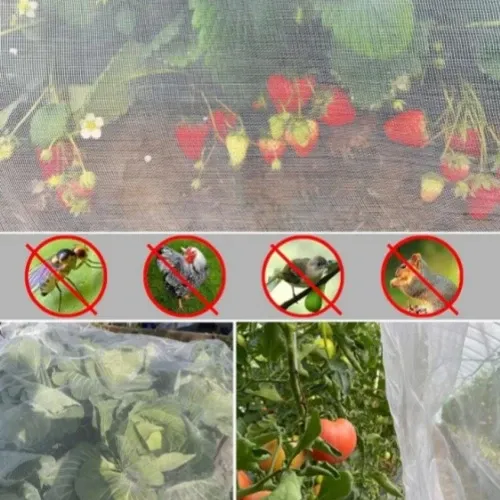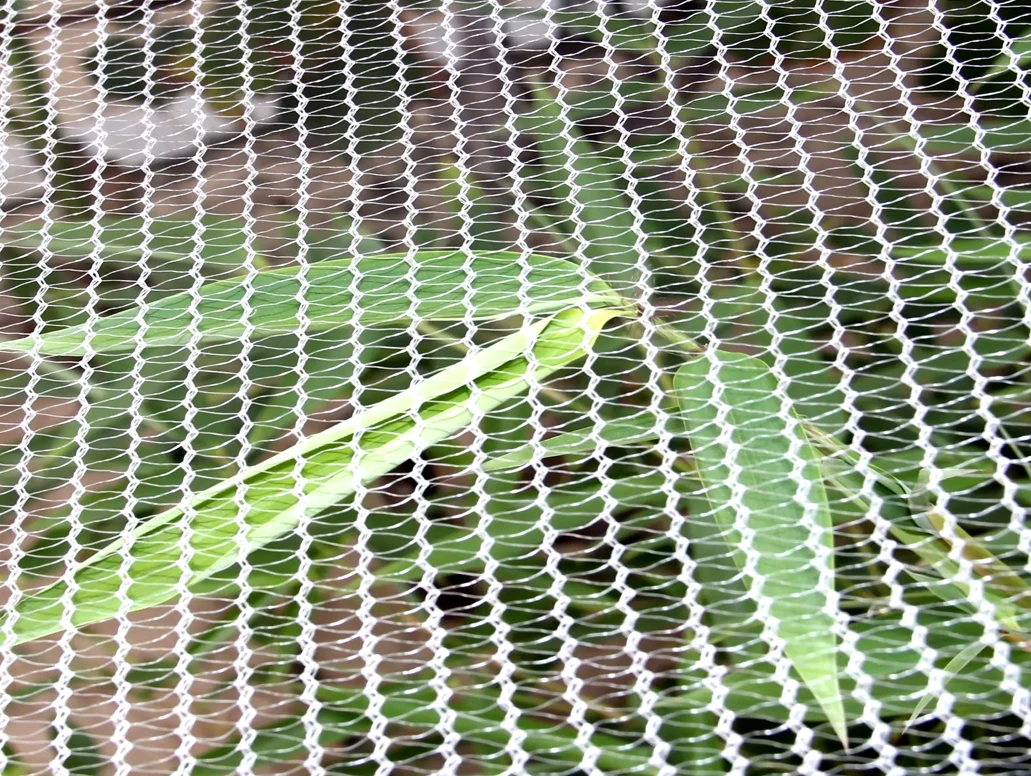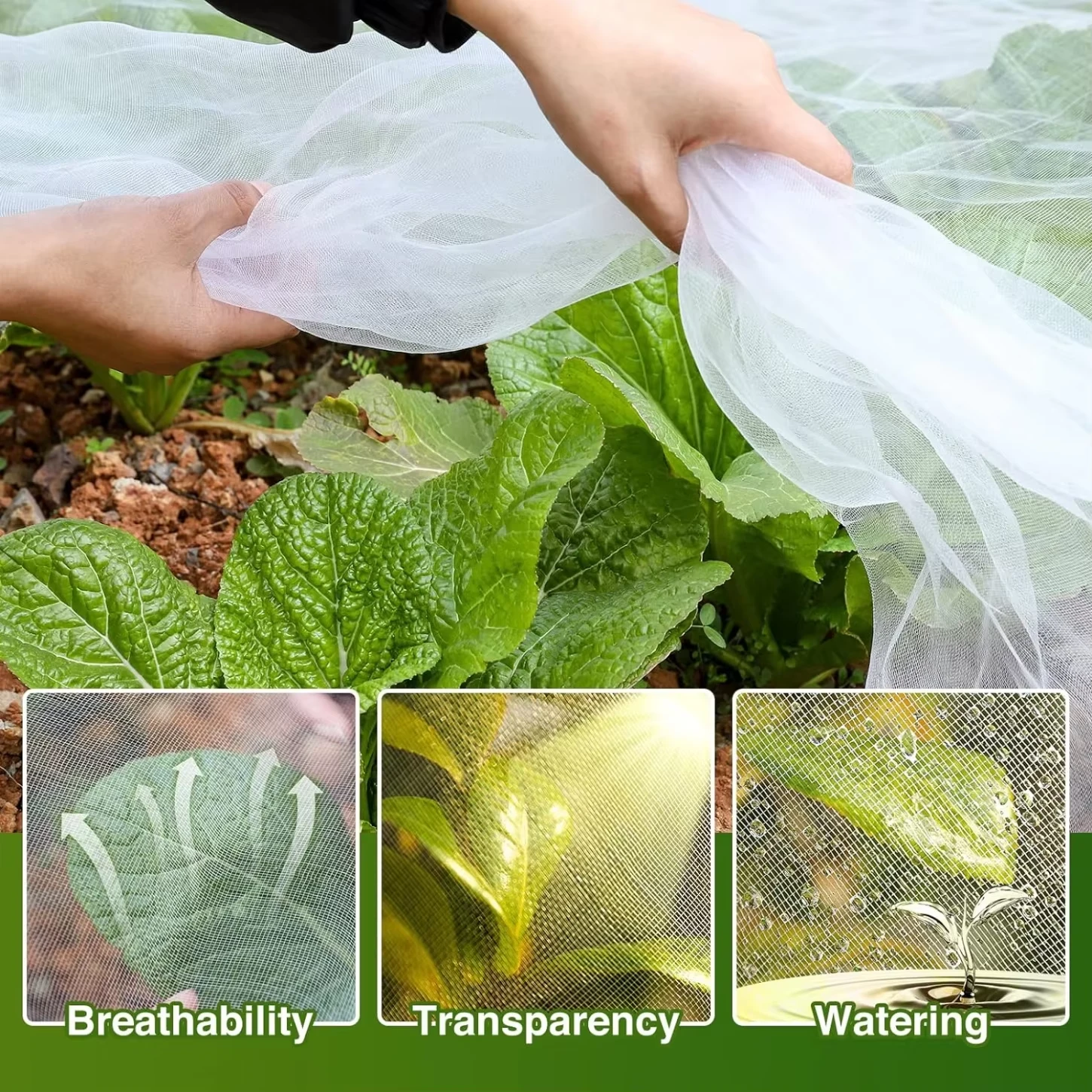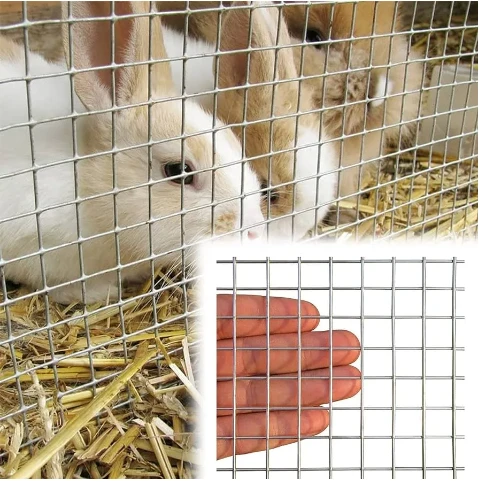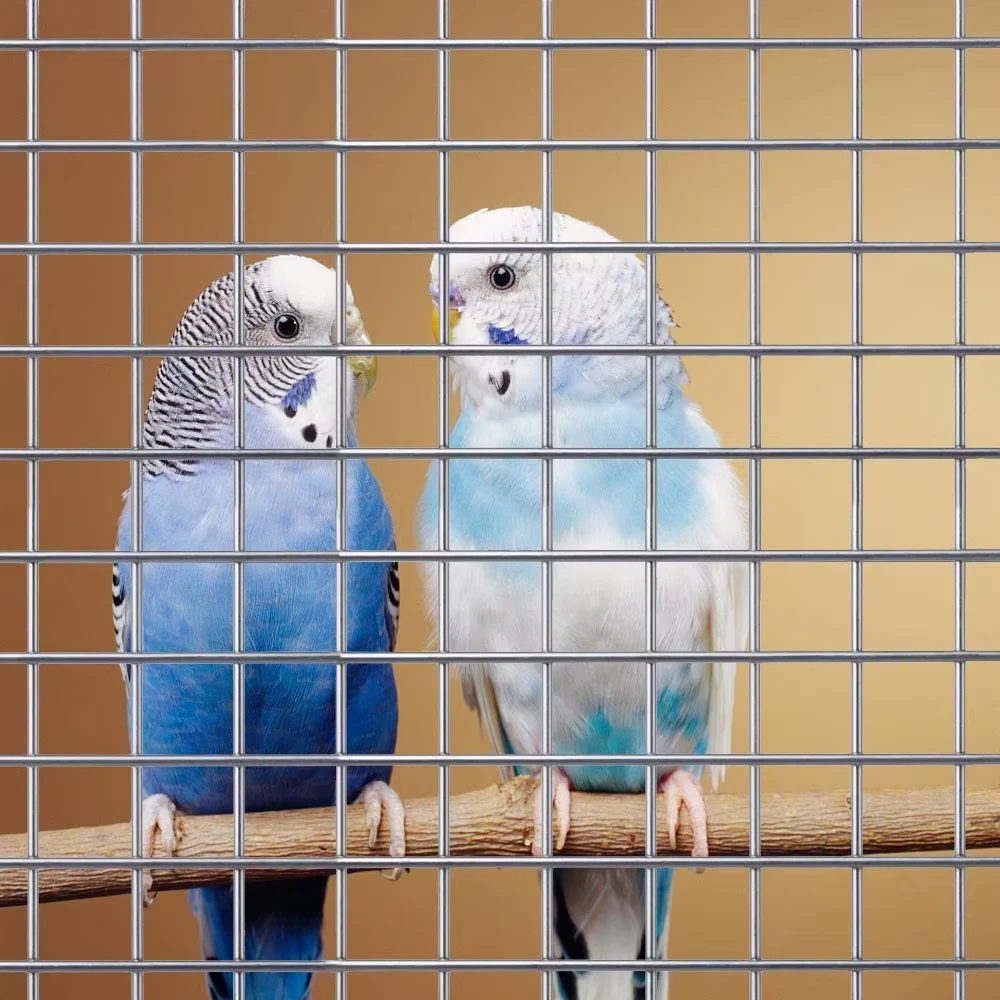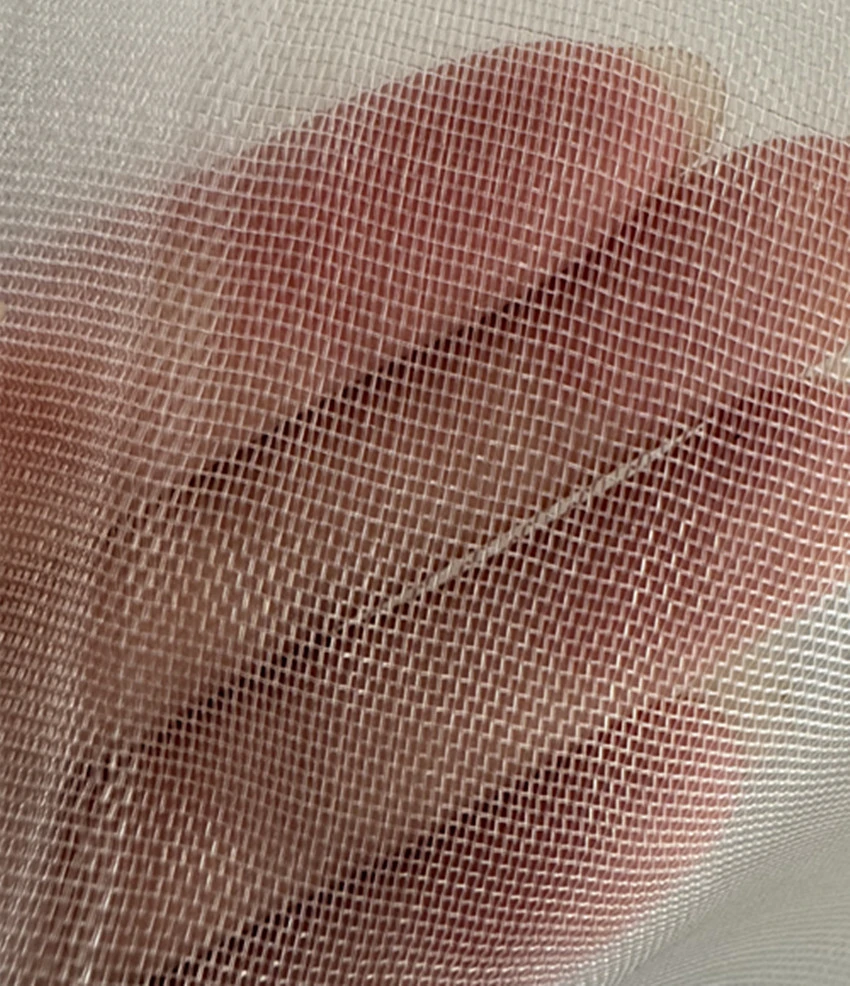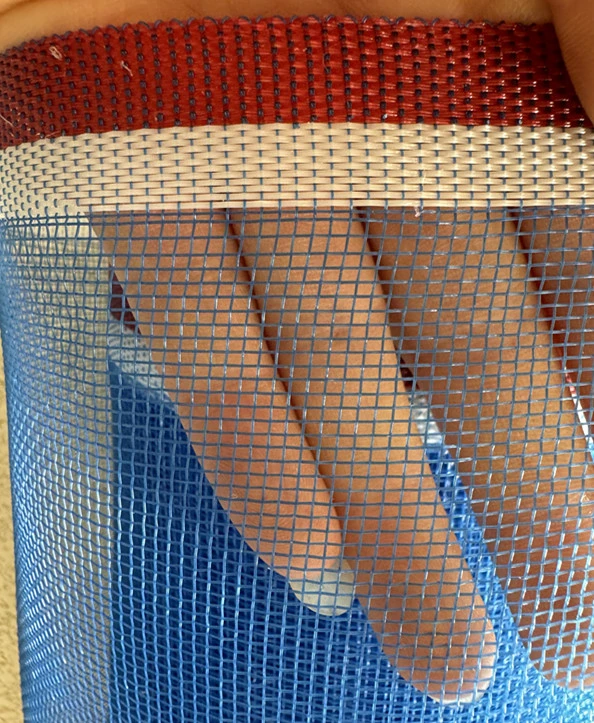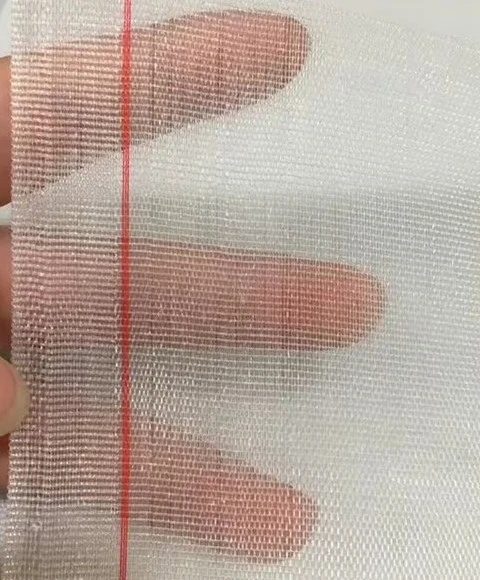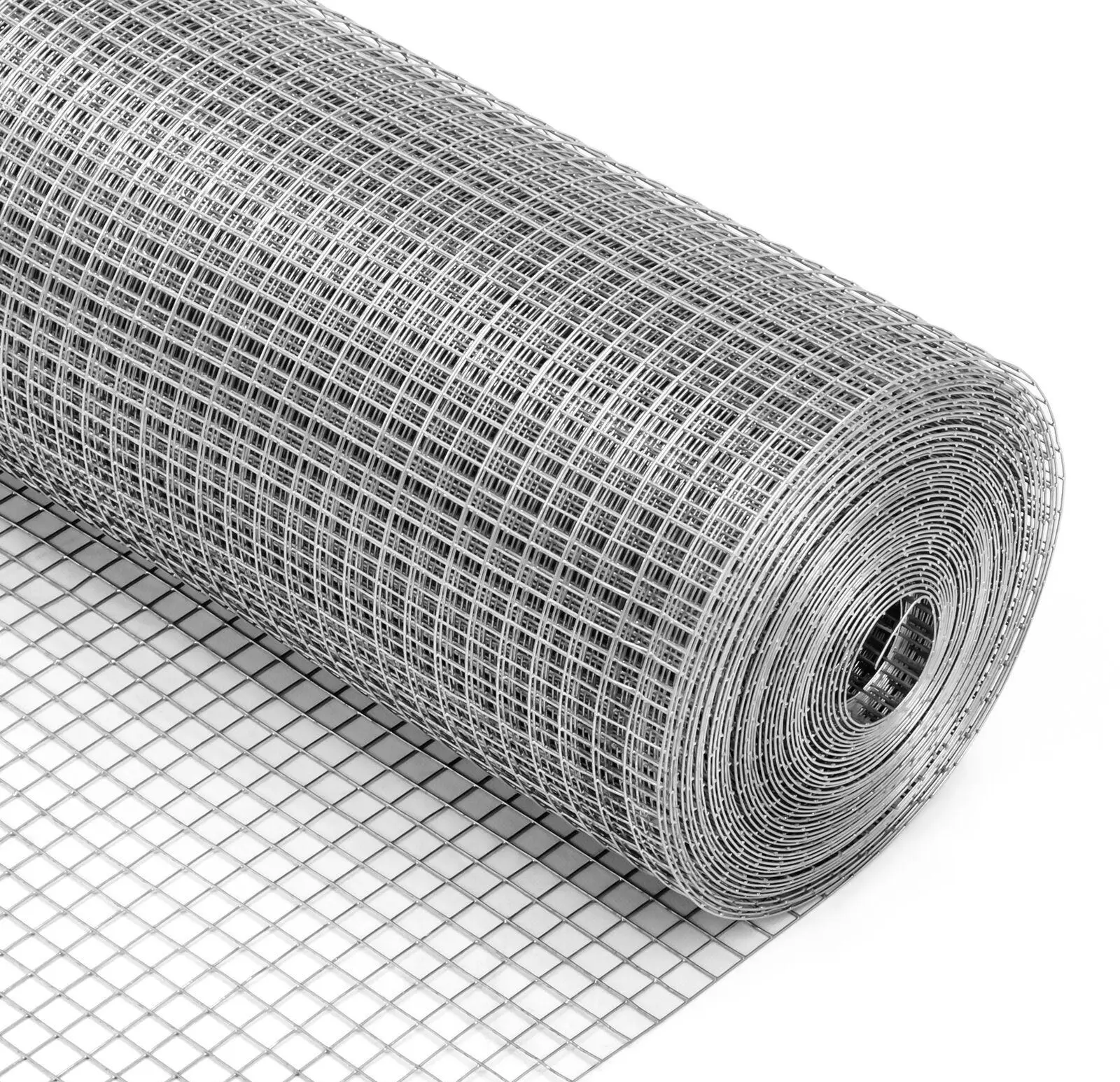-
 Afrika
Afrika -
 Albania
Albania -
 Amharic
Amharic -
 Arabic
Arabic -
 Armenian
Armenian -
 Azerbaijani
Azerbaijani -
 Basque
Basque -
 Belarusian
Belarusian -
 Bengali
Bengali -
 Asụsụ Bosnia
Asụsụ Bosnia -
 Bulgarian
Bulgarian -
 Catalan
Catalan -
 Cebuano
Cebuano -
 China
China -
 Corsican
Corsican -
 Asụsụ Croatia
Asụsụ Croatia -
 Czech
Czech -
 Danish
Danish -
 Dutch
Dutch -
 Bekee
Bekee -
 Esperanto
Esperanto -
 Estonia
Estonia -
 Asụsụ Finnish
Asụsụ Finnish -
 French
French -
 Onye Frisian
Onye Frisian -
 Onye Galisi
Onye Galisi -
 Asụsụ Georgian
Asụsụ Georgian -
 German
German -
 Grik
Grik -
 Gujarati
Gujarati -
 Haitian Creole
Haitian Creole -
 hausa
hausa -
 Hawaian
Hawaian -
 Hibru
Hibru -
 Mba
Mba -
 Miao
Miao -
 Asụsụ Hungarian
Asụsụ Hungarian -
 Aislandi
Aislandi -
 igbo
igbo -
 Asụsụ Indonesian
Asụsụ Indonesian -
 Irish
Irish -
 Ịtali
Ịtali -
 Japanese
Japanese -
 Asụsụ Javanị
Asụsụ Javanị -
 Kannada
Kannada -
 kazakh
kazakh -
 Khmer
Khmer -
 Onye Rwandan
Onye Rwandan -
 Korean
Korean -
 Kurdish
Kurdish -
 Kyrgyz
Kyrgyz -
 TB
TB -
 Latịn
Latịn -
 Latvia
Latvia -
 Lithuania
Lithuania -
 Luxembourgish
Luxembourgish -
 Masedonia
Masedonia -
 Malagasy
Malagasy -
 Malay
Malay -
 Malayalam
Malayalam -
 Malta
Malta -
 Maori
Maori -
 Marathi
Marathi -
 Mongolian
Mongolian -
 Myanmar
Myanmar -
 Nepali
Nepali -
 Norwegian
Norwegian -
 Norwegian
Norwegian -
 Occitan
Occitan -
 Pashto
Pashto -
 Asụsụ Persia
Asụsụ Persia -
 Polish
Polish -
 Portuguese
Portuguese -
 Punjabi
Punjabi -
 Romanian
Romanian -
 Russian
Russian -
 Samoan
Samoan -
 Scottish Gaelic
Scottish Gaelic -
 Asụsụ Serbian
Asụsụ Serbian -
 Bekee
Bekee -
 Shona
Shona -
 Sindhi
Sindhi -
 Sinhala
Sinhala -
 Slovak
Slovak -
 Slovenian
Slovenian -
 Somali
Somali -
 Spanish
Spanish -
 Asụsụ Sudan
Asụsụ Sudan -
 Swahili
Swahili -
 Swedish
Swedish -
 Tagalog
Tagalog -
 Tajik
Tajik -
 Tamil
Tamil -
 Tatar
Tatar -
 Telugu
Telugu -
 Thai
Thai -
 Turkish
Turkish -
 Turkmen
Turkmen -
 onye Ukraine
onye Ukraine -
 Urdu
Urdu -
 Uighur
Uighur -
 Uzbek
Uzbek -
 Vietnamese
Vietnamese -
 Welsh
Welsh -
 Enyemaka
Enyemaka -
 Yiddish
Yiddish -
 Yoruba
Yoruba -
 Zulu
Zulu
Ihe niile ị ga-achọ ịma gbasara ụgbụ mgbochi ahụhụ
Ihe niile ị ga-achọ ịma gbasara ụgbụ mgbochi ahụhụ
Ụgbụ na-egbochi ụmụ ahụhụ bụ ntupu ọkụ eji egbochi ụmụ ahụhụ. A na-eji ụgbụ a kpara nke ọma ma ọ bụ kpara akpa mee ya. ọ na-etolite ihe mgbochi dị irè mgbe arụnyere ya.
Okwu mmalite
Ngalaba agronomy chọrọ ịrụsi ọrụ ike. E wezụga ọrụ siri ike na ịrụsi ọrụ ike, a na-alụso ụmụ ahụhụ ọgụ.
Ọ dabara nke ọma, n'ime afọ ndị gafeworonụ, teknụzụ agaala n'ihu. Ma ugbu a, e nwere ụdị enyemaka dị iche iche nke mmadụ kere. N'ụzọ dị mma, mgbalị anụ ahụ adịghị ha mkpa. Otu n'ime ha bụ ịwụnye ụgbụ na-egbochi ụmụ ahụhụ.
- Kedu ihe bụ kpọmkwem ụgbụ mgbochi ahụhụ?
- Kedu uru ọ dị n'inwe ụgbụ na-egbochi ụmụ ahụhụ?
- Kedu ihe ọghọm dị na netwọk mgbochi ahụhụ?
- Kedu ka esi etinye ya?
- Na otu esi ahọrọ onye nrụpụta?
Anyị bu n'obi ịnakọta ozi niile ị chọrọ.

Kedu ihe bụ ntanetị ahụhụ?
N'ikwu ya n'ụzọ dị mfe, ihe mgbochi ahụhụ net bụ ntupu ọkụ eji egbochi ụmụ ahụhụ. A na-eji ụgbụ a kpara nke ọma ma ọ bụ kpara akpa mee ya. N'agbanyeghị nke ahụ, ọ dị ntakịrị ka ákwà mgbochi.
As it is a thin fabric, it allows sunlight to enter, and it doesn’t block the rain. The only ones that a mesh is stopping are the insects.
Thanks to 100% polyethylene, a mesh is strong and durable. Plus, it is forming an effective barrier when installed over the garden netting hoops.
Depending on the tissue’s density, nets prevent pests’ entry into greenhouses and hothouses. The size, of course, depends on what the farm grows. Not all pests attack the same type of plants- and it all affects the kind of netting.

Ụgbụ maka ubi mkpụrụ osisi na ubi vaịn nwere oke nke 17 ntupu. Ọ na-echebe griin haus pụọ n'ọkụ, ijiji, na nla. Nke ahụ bara uru karịsịa na mkpụrụ vaịn okpokoro.
Netwọk nke mesh 25 are usually at the side opening of the greenhouse. This type of mesh is of the smallest size. That means that it will prevent the tomato moth’s penetration inside the construction. It is necessary to bury the net at half a meter depth. In that way will larvae won’t get into the production space’s interior.
Ọkpụrụkpụ ụgbụ na-egbochi ụmụ ahụhụ maka ijikwa ikuku ikuku bụ 50 ntupu na nha. Ihe nwere ihe mgbochi UV, a na-akpakwa ya na usoro monofilament. Ha na-egbochi ọnụ ụzọ igwu, thrips, ijiji ọcha na ndị na-egwupụta akwụkwọ.
Optinet 40 ntupu ma ọ bụ 32 mesh na-eji ma ngwa anya na nke anụ ahụ ụzọ njikwa thrips. Ọ bụ ihe ngwọta magburu onwe ya maka ose na-eto eto. Ma ọ dịkwa mma maka ụdị ọ bụla ọzọ na-enwe mmetụta maka thrips. Ntinye nke ụgbụ ahụ na-aga n'akụkụ.
Ya mere, chee echiche banyere ụdị nchebe osisi gị chọrọ tupu ị họrọ nke ị ga-azụta.
Mgbochi ụmụ ahụhụ
Kedu uru ọ dị n'inwe ụgbụ na-egbochi ụmụ ahụhụ?
Ihe kpatara ụgbụ ahụhụ ụmụ ahụhụ ji bụrụ ihe kwesịrị inwe n'ịrụ ugbo:
1. It is protecting the plants from pests’ attacks. Plus, you’re saving yourself from the risk of allergies,
2. Ọ bụ obere ego, dị ọnụ ala karịa ka osisi na-efunahụ n'ihi ụmụ ahụhụ.
3. Mma dị mma na-adịte aka,
4. Ọ na-adịgide adịgide na ihu igwe siri ike na mgbochi corrosion.
5. There are different mesh sizes & dimensions, depending on the plants’ needs,
6. Ọ dị mfe ịtọ ya, ọ bụghị nnukwu mbọ.
7. It has UV stabilization and it doesn’t have a thermal effect,
8. Netwọk na-egbochi ụmụ ahụhụ anaghị egbu egbu, na-emetụta gburugburu ebe obibi
9. Iji ụmụ ahụhụ ga-ebelata
10. Nri na-enweghị mmetọ akwụkwọ ndụ akwụkwọ ndụ ga-abawanye.
Itinye ihe mgbochi anụ ahụ na-enyere aka ibelata mkpa kemịkalụ ubi.
The garden chemicals break down into many elements, and some of those are metabolites. As you may aren’t aware, metabolites tend to be toxic. This further means that pesticides can be harmful to humans.

Meshes na-egbochi ụmụ ahụhụ nye nchebe megide ụmụ ahụhụ, mgbe mgbe na-enweghị mmụba bara uru na okpomọkụ. E wezụga nke ahụ, ọ bụ nchebe zuru oke megide ifufe. Ha na-egbochikwa nnukwu mmiri ozuzo. Nke ahụ pụtakwara ibelata mmebi nke nnukwu mmiri ozuzo nwere ike imebi ihe owuwu ala.
Mgbe osisi bụ nnọọ oria na ọnụ ọgụgụ buru ibu nke pests, ọbụna ọgwụ nje enweghị ike inye aka. Nke ahụ bụ ihe ọzọ mere netting ji bụrụ nhọrọ ka mma. Na, n'ezie, ọtụtụ ebe nchekwa na-eduga na osisi ndị ka mma na ihe ọkụkụ buru ibu.
Kedu ihe ọghọm dị na netwọk mgbochi ahụhụ?
Depending on the type of plants you’re growing, anti-insect netting might not be for you. Nets don’t have any thermal effects. And it is even increasing temperature. But, it can still cause some problems. If your crops need to be provided with extra warmth or frost protection, this is not the right product for you.
Ngwunye mgbochi ụmụ ahụhụ nwere ike, n'akụkụ nke ọzọ, na-akwado slugs na ọbụna ọrịa ụfọdụ.
Enwere oke iru mmiri mgbe osisi na-etolite n'okpuru ntupu. Nke ahụ nwere ike ịbụ ihe kpatara ọrịa nke osisi, dị ka Botrytis ma ọ bụ ala mildew.
Slugs na ejula oke iru mmiri dị n'okpuru ntupu nwekwara ike dọta ya.
Ọbụna ma ọ bụrụ na ọ bụghị nkwanye, mgbe ụfọdụ ị ga-ekpughere osisi gị. Ihe kpatara ya bụ, dị ka ị nwere ike ikwubi, amachibidoro ị nweta ahịhịa. Mana ozugbo ịchọtara ya, enwere ike ịbata ụmụ ahụhụ n'ime ntupu. Ma ozugbo ha mere, ha ga-amụba ngwa ngwa.
Ọ bụrụ na ntupu ahụ metụrụ akwụkwọ ndụ ihe ọkụkụ aka, ụmụ ahụhụ nwere ike ibinye akwa site na ụgbụ. Mana, nke a adịghị adịkarị ma ọ bụrụ na etinyere ya nke ọma.
As we said, the anti-insect nets are suitable for strawberries and courgettes. Bu these plants shouldn’t be growing under mesh during their flowering season.
Kedu otu esi eji ụgbụ mgbochi ahụhụ?
Cover plants or seeds right after planting or sowing. Be sure the pests didn’t already infect your plants. And then leave it covered until harvest.
Be careful to plants don’t be cramped because they grow under net covers. Take care when covering so that plant has enough space to grow.
Isi ihe kacha mkpa iji buo ya n'isi ntanta-ahụhụ ahụhụ bụ na ọ kwesịrị ikpuchi ihe ubi dum. Nke ahụ pụtara site n'elu ruo na ala. Ụmụ ahụhụ, ọbụna urukurubụba, ga-ahụ oghere ọ bụla n'agbanyeghị otú ọ dị ntakịrị.
Ụzọ kacha ewu ewu ha si abanye bụ ebe ụgbụ dị n'ala. N'ụzọ dị otú ahụ, nkwanye bụ ịzụta net sara mbara. N'ụzọ dị otú ahụ, ị nwere ike lie ya na ala na nsọtụ.
Don’t take off the net when you’re watering your plants. Just let the water go through it. Only take it off in the time of flowering if crops depend on pollination by bees.
Kedu ụdị osisi ị ga-ekpuchi?
Akwụkwọ nri ọ bụla dị ka kabeeji, broccoli, kọlịflawa, karọt, celery, akwụkwọ nri, eyịm, na letus. Site na mkpụrụ osisi, ọ kwesịrị ịbụ strawberries, raspberries, na currants.
Kedu ihe ejiri ụgbụ mgbochi ahụhụ chebe gị?
Ọ bụrụ na ịzụrụ ntupu ziri ezi, site na ahụhụ ọ bụla na-emebi emebi na-awakpo ihe ọkụkụ na anụ ụlọ. Ndị na-ahụkarị bụ ụtaba whitefly, ndị na-egwupụta akwụkwọ, aphids, na thrips.
Buru n'uche na o zughị naanị ịwụnye ụgbụ mgbochi ahụhụ maka mmepụta dị mma. Enwere omume ndị ọzọ ị ga-emerịrị. Ụlọ griin ha na-eleghara anya bụ isi iyi nke ọrịa na pests maka osisi. Ya mere, mmepụta ihe oriri na-aga nke ọma gụnyere ebe a na-edozi nke ọma. Nke ahụ na-ebibi ahịhịa n'akụkụ oghere griin ha niile. Na ihicha na disinfection nke griin haus.

Kedu ka esi ahọrọ ezigbo onye nrụpụta?
Ndụmọdụ bụ ịtụle isi ihe ndị na-esote kwesịrị ikpebi nhọrọ ị ga-eji ụgbụ ahụhụ ụmụ ahụhụ:
1. Price (don’t forget to check how postage cost),
2. Ogologo ndụ a tụrụ anya ya (ọ na-adịte aka),
3. The amount of light that will go within the mesh (you don’t want to take away the sunlight from your plants),
4. The mesh’s weight is essential. It is supposed to be light, especially if you plan to place it on your plants without aid,
5. The manufacturer’s reputation is crucial. Don’t buy mesh on the internet without reading about the fabric. If you do so it may be a fraud and in that case, you won’t receive what you thought the product would be.
Mmechi
Agriculture is one of the biggest industries. That means it is a worthy cause of job vocation across the world. Besides, it plays a crucial role in the country’s economy. But what is so good about it? It enables people to make their food. If done correctly, it will be high-quality food.
Ruo ọtụtụ puku afọ, mmepe nke ọrụ ugbo dị ogologo. Ugbu a ọnọdụ ahụ agbanweela. Nkà na ụzụ emeela ka ọrụ ahụ dịkwuo mfe ma nwee ọganihu. Ịgbụ ụgbụ na-egbochi ụmụ ahụhụ bụ n'ezie ihe mmekọ pụtara ìhè nye ndị ọrụ ugbo niile.
Dịka anyị hụworo, enwere akụkụ achọghị iji ngwaahịa a. Mana ọ nweghị ngwaahịa zuru oke, naanị otu dị nso na izu oke. Ugbu a, ụgbụ na-egbochi ụmụ ahụhụ bụ ihe kacha mma anyị nwere n'ọgụ a na-alụso ụmụ ahụhụ ọgụ.
-
The Sunshade Net Can Block Ultraviolet RaysAkụkọAug.11,2025
-
Main Application and Technology of Nylon ScreenAkụkọAug.11,2025
-
Green Anti UV Sunshade Net: The Perfect Combination of Ecological Friendliness and Practical PerformanceAkụkọAug.11,2025
-
Explore the Sunshade NetAkụkọAug.11,2025
-
Application and Development of Nylon Screen in Fuel Processing and TreatmentAkụkọAug.11,2025
-
Application and Advantages of Nylon Screen for AquacultureAkụkọAug.11,2025




